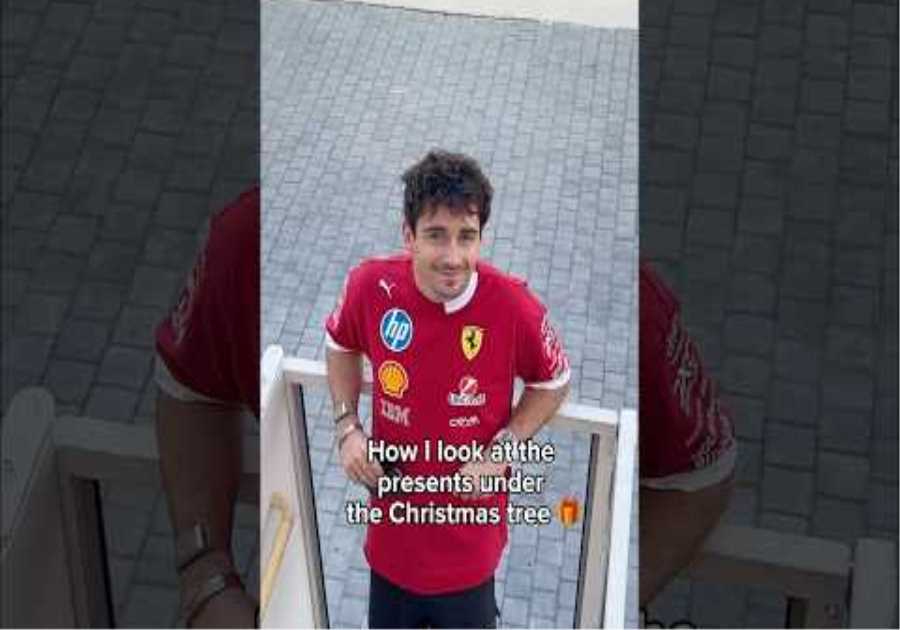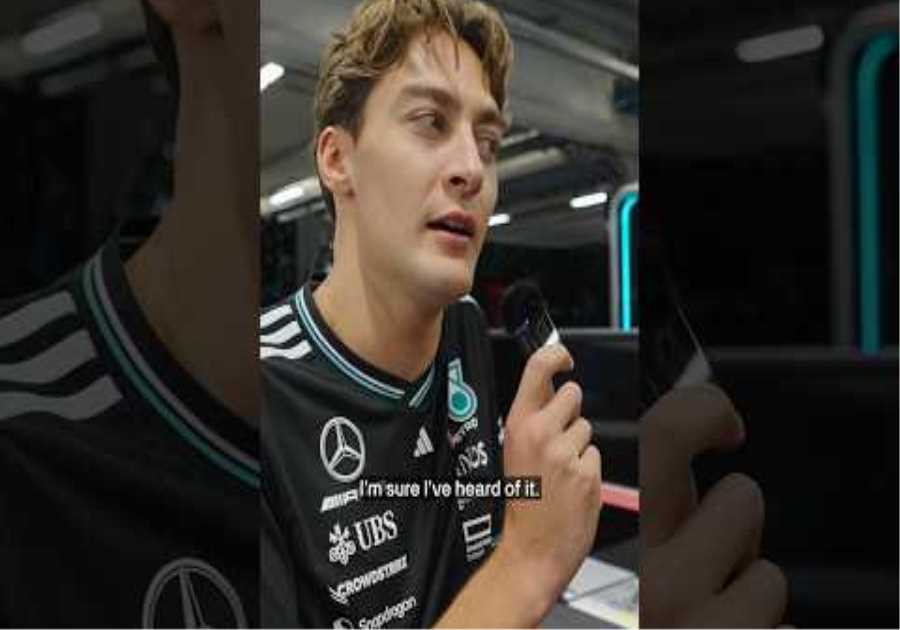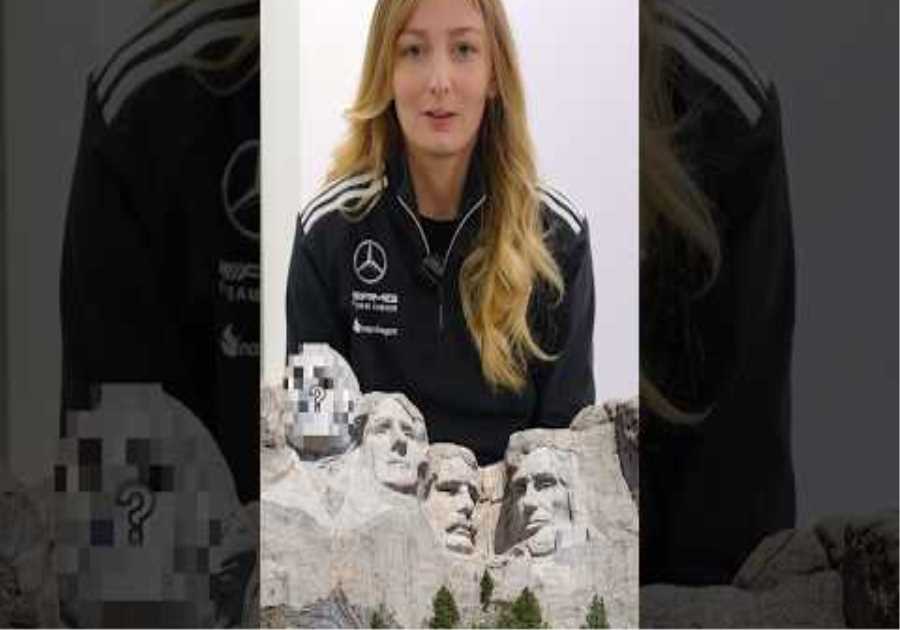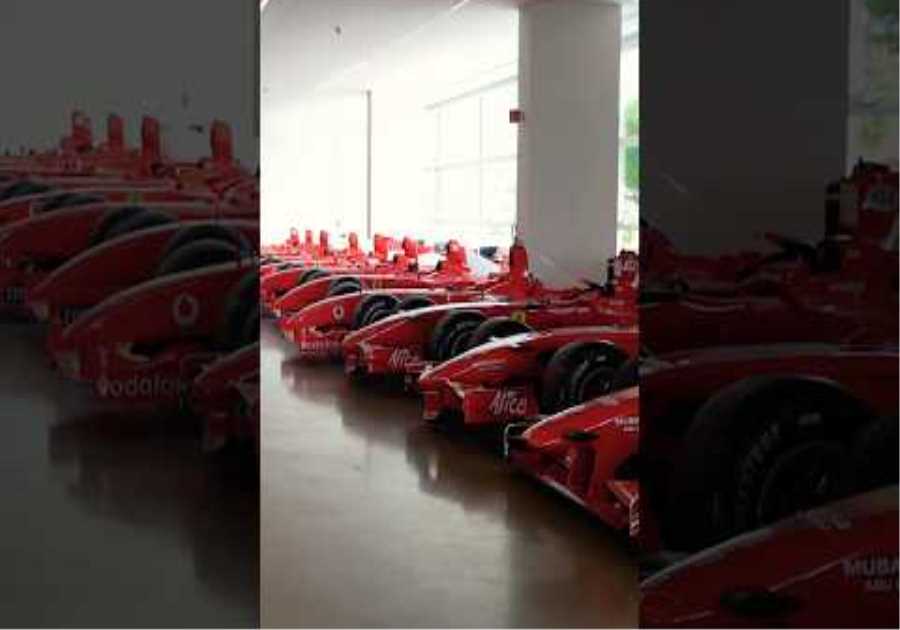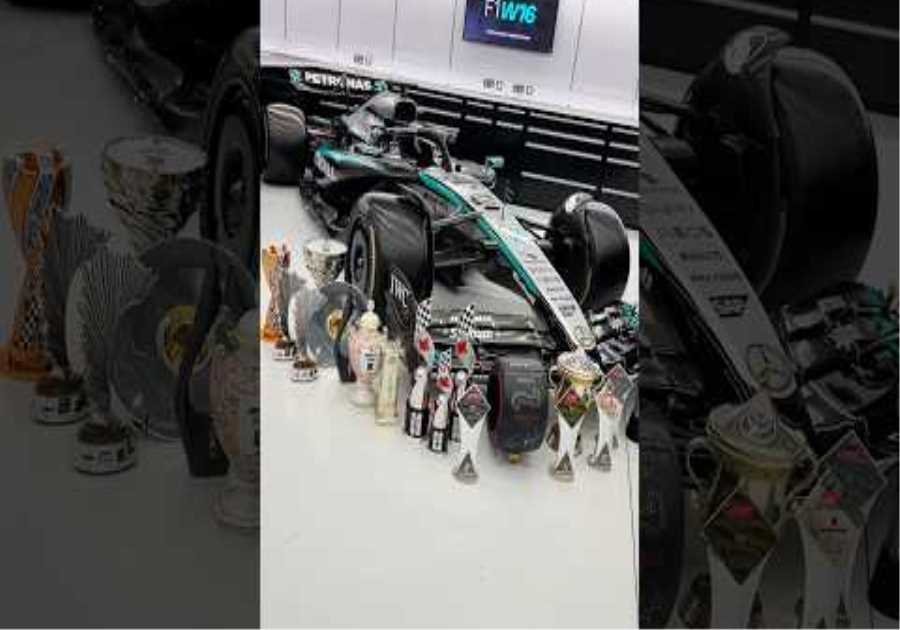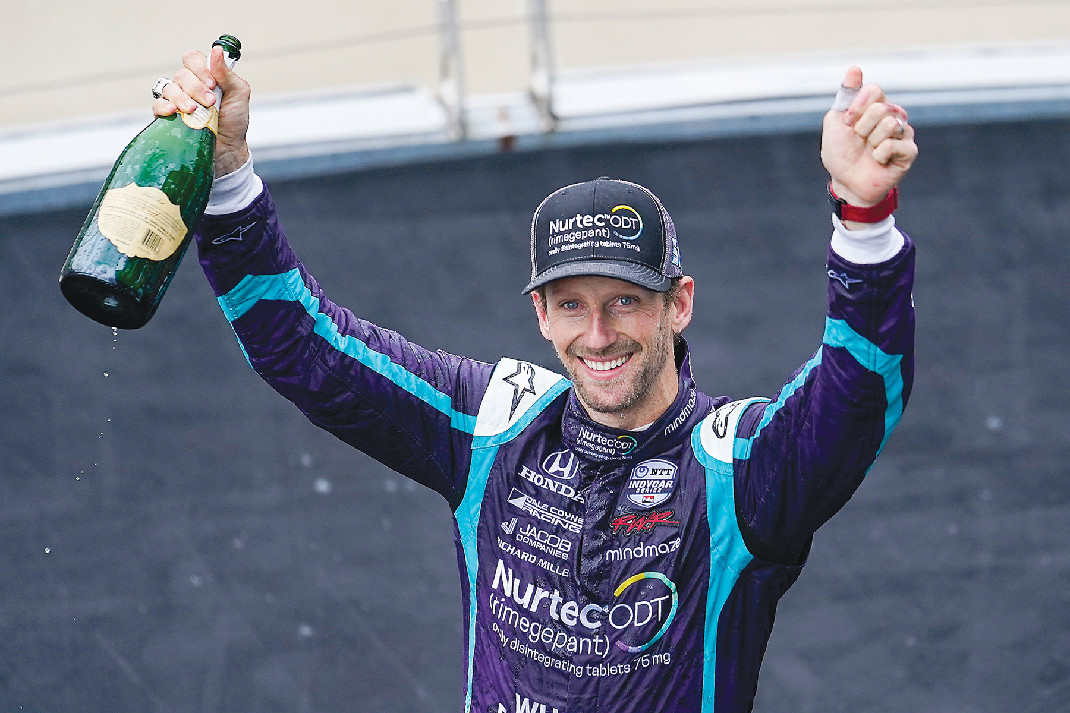
INDIANAPOLIS (AP) – Marcus Ericsson was considering driving in America even before his Formula 1 contract expired.
Fernando Alonso’s Indianapolis 500 debut four years ago intrigued the young Swedish driver and when he started watching he saw a tight, fun open wheel series that anyone could win.
When Ericsson became a free agent, he moved to IndyCar with Sam Schmidt’s team for the 2019 season. It wasn’t taken over after McLaren became a partner, but ended up with the powerhouse Chip Ganassi Racing.
Today Ericsson couldn’t be happier and sees growing interest from other Europeans. Romain Grosjean moved to IndyCar this year and won pole in his third start and finished second.
“I think Europe is more interested in this series with me, Alonso and Grosjean are coming here,” said Ericsson. “More and more people are talking about it, looking at it. There are still some questions in the paddock about the ovals, but the interest over there is definitely growing.”
It also shows in the races.
Eight of the 33 starters at the Indianapolis 500 last Sunday had F1 experience, including Ericsson, who logged 97 starts abroad, and Simona de Silvestro, a former test driver. Also on the list are two-time Indy 500 winners Juan Pablo Montoya and Takuma Sato, 2016 racing champion Alexander Rossi and Pietro Fittipaldi, grandson of two-time Indy winner and two-time world champion Emerson Fittipaldi.
The younger Fittipaldi first drove IndyCar in 2018 when he raced for Dale Coyne’s team six times. Fittipaldi spent the next two seasons at Grosjean’s side for Haas F1, eventually replacing his injured teammate for the final two races of last season. When Coyne offered Fittipaldi the chance to reunite with Grojsean and drive IndyCars oval races in the number 51 car this season, Fittipaldi registered quickly.
“It’s a very pure form of racing, very raw racing,” he said. “When you test Indy cars during preseason you have to find things in the suspension to get better and there are so many different strategies that you just race.”
Grosjean also seems to be at home in the USA. After taking pole position at the Indy Grand Prix in early May, his first on a major circuit in ten years, the Frenchman told reporters that he was considering moving his family to the United States.
Interest in American open wheel racing waned after CART and the IRL split in 1995, as many thought the two competing series had become watered down versions of an already inferior racing product, despite the appeal of the Indy win.
For most of the next quarter century, F1 drivers came to America because they had run out of options.
No more.
“In my opinion, and you will never get a straight or satisfactory answer, but I think everyone – whether F1, IndyCar or NASCAR – the top talent is the same,” said two-time IndyCar champion Josef Newgarden. “Yes, we do different disciplines, but I think the talent level is the same.”
Alonso’s results have also helped change the company’s image.
The international racing fans were not surprised when the two-time world champion from Spain qualified fifth in 2017 and fought for race victory until an engine failure knocked him out 21 laps before the end. Alonso then failed to qualify for the 2019 race and was 21st in last year’s race.
“I’m a racing driver and the Indy 500 is the greatest race in the world,” he said afterwards.
Still, his participation was a reminder of the long, rich tradition of the drivers who commute between the two series.
From 1950-60, the international umbrella organization awarded points for the world championship because of its Indy achievements. Though many refused, Alberto Ascari and his Ferrari-powered entry-level car in 1952 and five-time Indy World Champion Juan Manuel Fangio came to the fore in a new trend of racing in Indy in 1958.
For the next decade, F1 stars became a standout feature every May.
The two-time Formula 1 champion Sir Jack Brabham finished ninth in 1961. The march included Jim Clark, Graham Hill, Sir Jackie Stewart and Jochen Rindt – all world champions. Clark drove to victory in 1965 and Hill followed in 1966. Hill remains the only driver to win the triple car race crown – the 500, Le Mans and the Monaco Grand Prix.
After the senior Fittipaldi won Indy in 1989, a new generation of attempts began in earnest, finishing third and being named Indy 500 Rookie of the Year.
Occasionally the migration has gone the other way.
Mario Andretti, the 1969 Indy winner, made 131 F1 starts and won the world title in 1978. His son Michael made 13 starts on the McLaren F1 team in 1993 before returning to Indy Cars full-time the next season.
Other Americans who competed in Formula One include Dan Gurney, who is credited with starting the champagne celebration after spraying AJ Foyt after his 1967 Le Mans win; two-time Indy winner Rodger Ward and 1972 Indy winner Mark Donohue, Roger Penske’s first Indy winner; and 1985 Indy Champion Danny Sullivan.
Alonso’s attempt to keep up with Hill’s triple crown helped make IndyCar look cool again in Europe.
“I think when Fernando came over they started to watch,” said IndyCar team owner Michael Andretti. “I think they enjoy what they see because as a racing driver you know what good racing is. F1 is mostly about the car and when you’re behind it’s hard to catch up turning 25 one week and still winning the next. You can see that. “
Grosjean and Fittipaldi admitted they know other F1 drivers who could make the leap.
“I wouldn’t be surprised if more F1 drivers came here,” said Ericsson. “I prefer to drive an Indy car. But if I had an empty track on a test day, I prefer an F1 car because the cornering speeds are just insane.”
The post Former F1 drivers see growing European interest in IndyCar first appeared on monter-une-startup.
